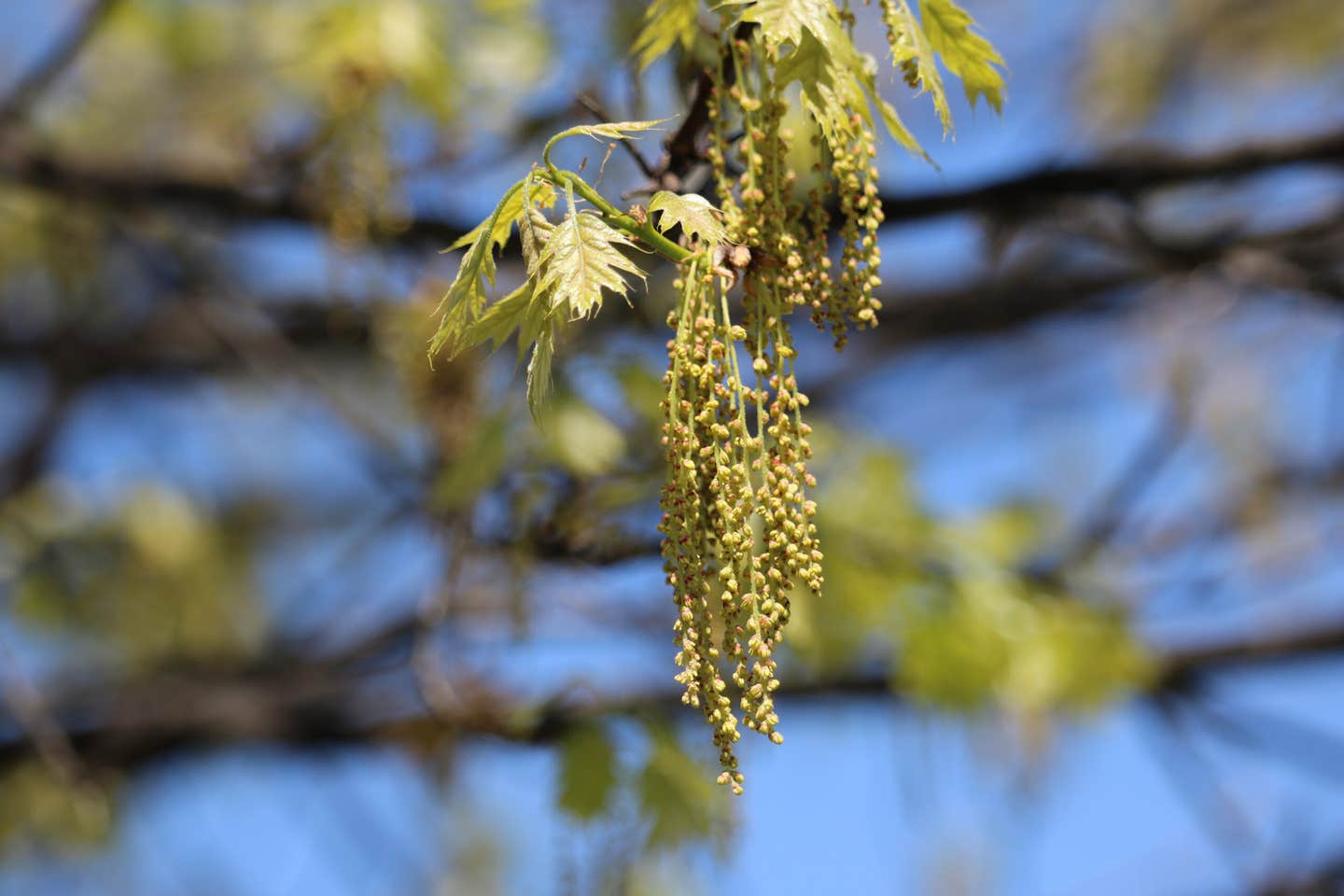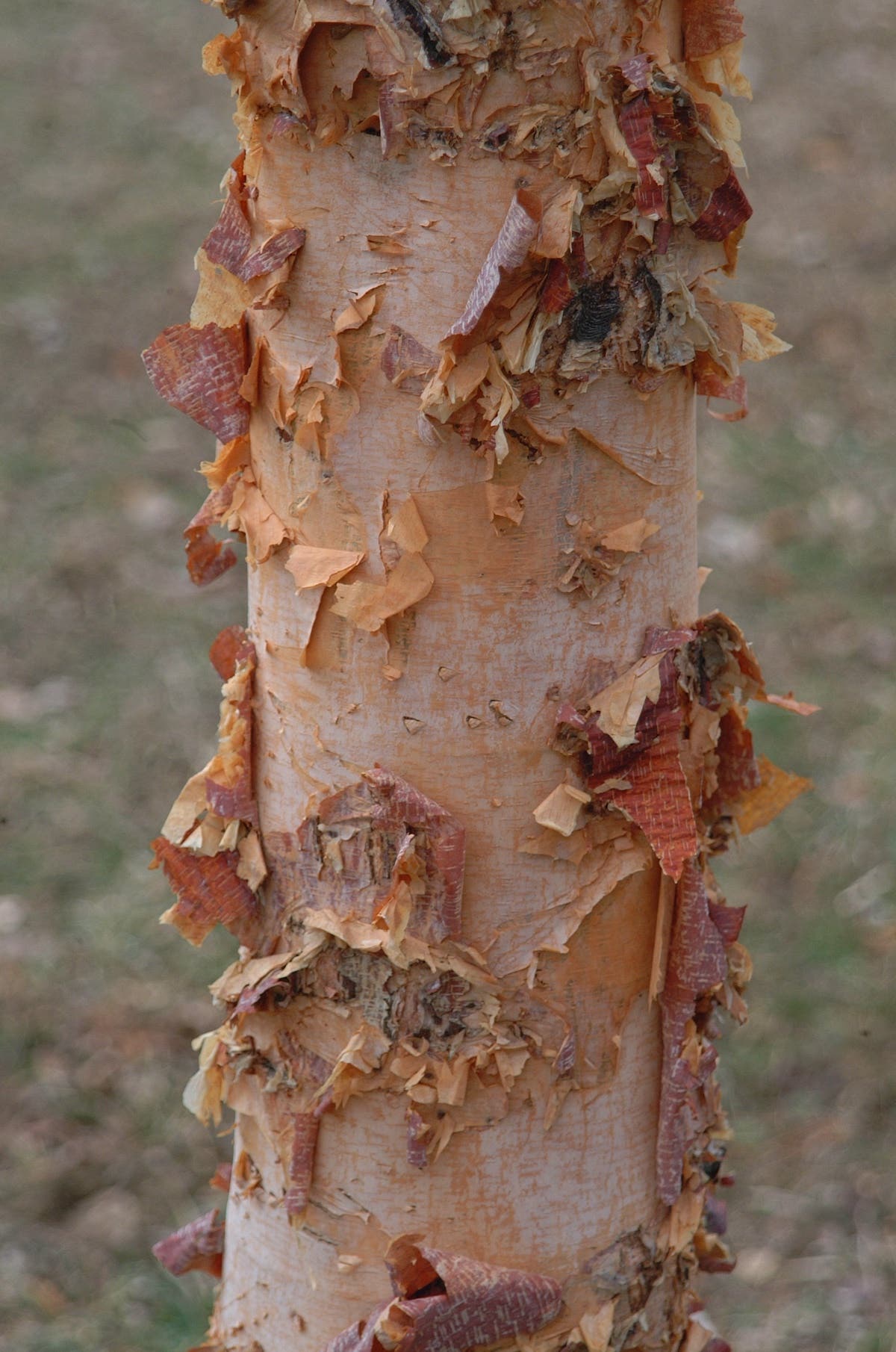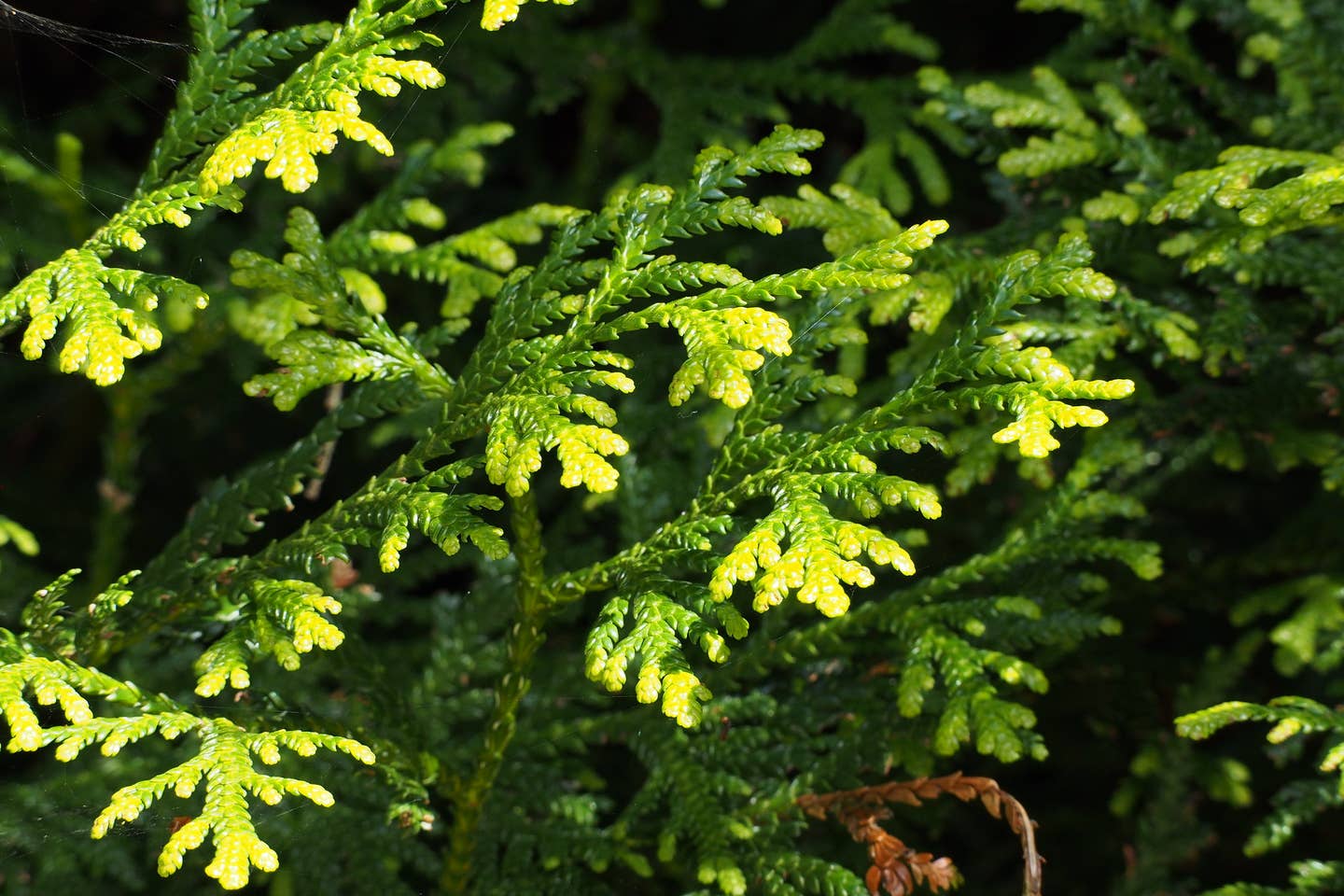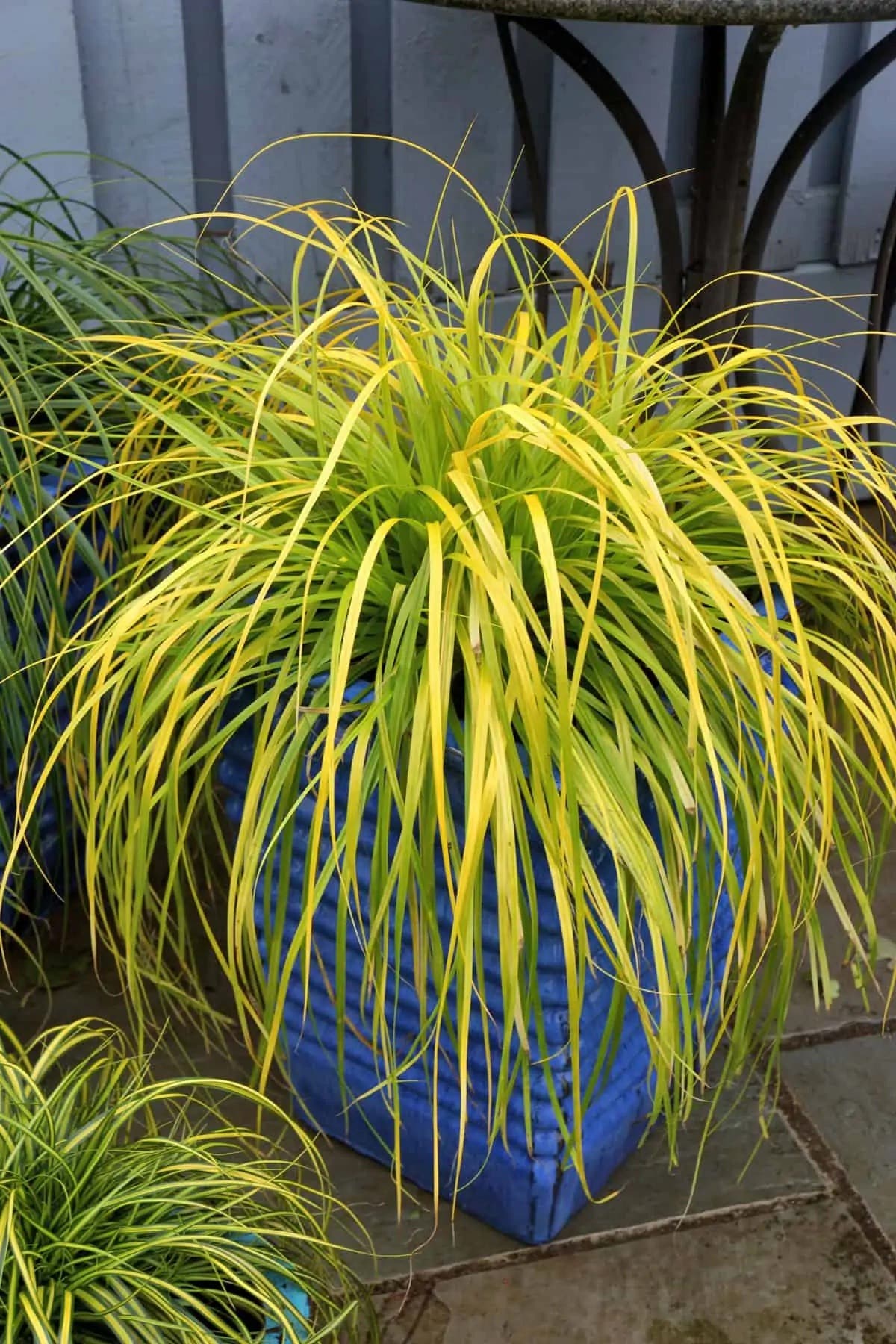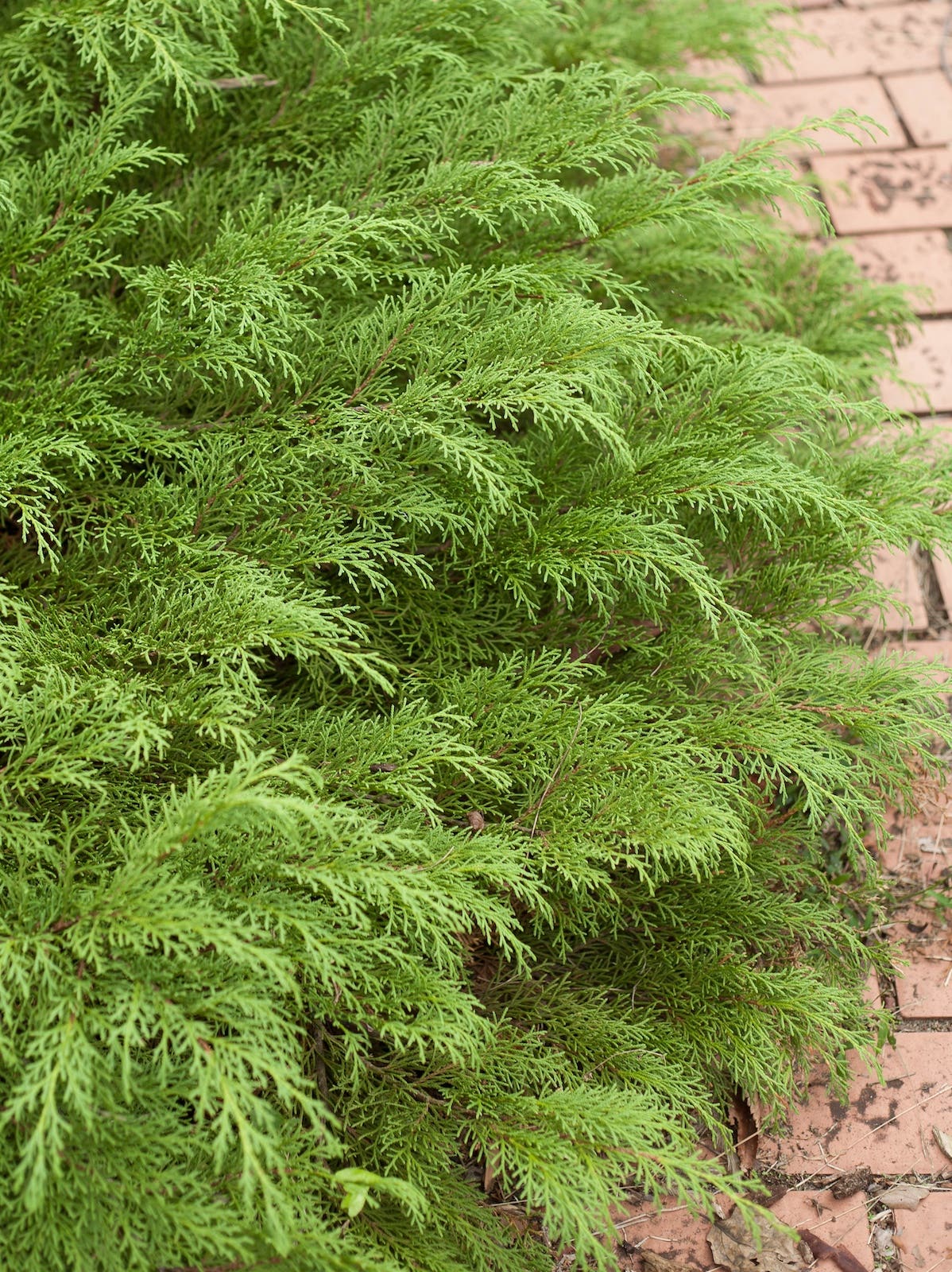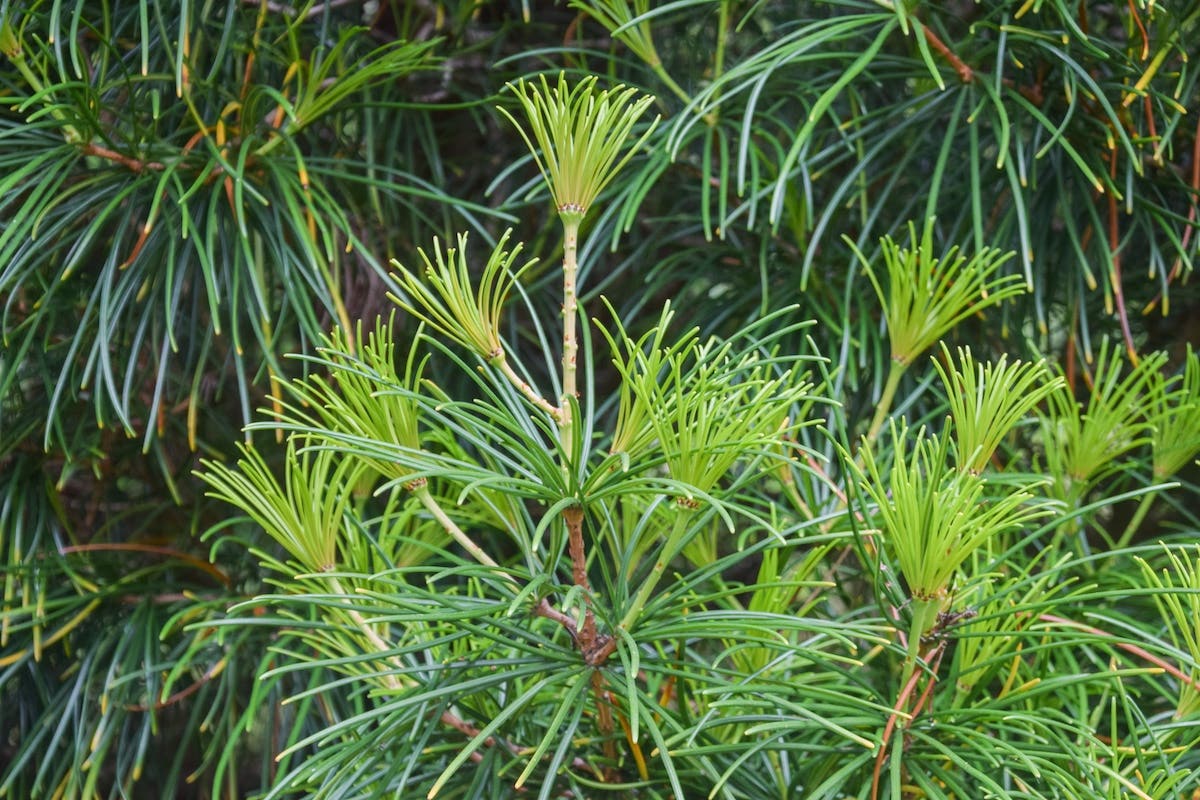The Bigger, The Better
We’ve all heard the expression “you can’t see the forest for the trees.” Though it refers to one’s perspective on life, it does apply to the horticultural arts as well. . . .
We've all heard the expression "you can't see the forest for the trees." Though it refers to one's perspective on life, it does apply to the horticultural arts as well. At its best, gardening is a tasteful intensification of nature. By arranging plants based on color, texture and form, we create places that reflect the natural world yet stand apart from it. Geometric beds of technicolor annuals or meticulously pruned collections of dwarf conifers make some people cringe and others swoon; subtle drifts of wildflowers appeal to some and leave others wondering, "Where’s the garden?" Just as red and orange pop more than violet or green, big, bold-textured leaves stand out more than medium or fine-textured ones. In fact, texture is the reason that it is hard to tell the forest from the trees—most trees in the temperate zone have medium- to fine-textured foliage, so they all blend together. Likewise, a garden without bold textures has a very naturalistic and subtle appearance. Adding a few big-leaved plants is a sure fire way to add some drama to your beds and borders.
Swamp Arums
In the humid tropics, there are many plants with big leaves. As you move into the temperate zone the number falls off sharply. It takes quite a bit of water to maintain large leaves, as all that surface area loses vast quantities of water to transpiration. In our climate that means that the biggest of the big foliage is found in swamps and other wet sites. One of my favorites is western skunk cabbage (Lysichiton americanus), an imposing member of the arum family. It is found in damp, mucky places from northern California to Alaska but suitable for gardens in the Northeast and Midwest as well. It springs from the ground early, with waxy 24-inch leaves unrolling amid butter yellow flowers, which have a light sweet fragrance.
The pleasant odor of the flowers was a surprise to me, having grown up with the eastern skunk cabbage (Symphoricarpos foetidus), a similarly striking foliage plant with 16-inch-long, bright green, hosta-like leaves, which are quilted along their veins. The flowers of this species have a mild fetid smell if you really get close to them. They spring from the thawing ground in late winter, the spathe tucked and folded around a stubby yellow spadix, each one marbled deep red and white like a good cut of meat. It, too, prefers mucky soils, be they sunny or shaded, and though both species are slow growing, they are extremely long-lived and the perfect counterpoint to a drift of delicate ferns.
A third arum, golden club (Orontium aquaticum) has solved the water transpiration problem by taking to the pond. This species floats foot-long leaves on the surface of shallow pools with the aid of a waxy covering that prevents the leaf tissues from becoming waterlogged. Pearly drops of water bead up and roll off the upper surface like raindrops on a newly waxed car. In spring, stately white stalks with mustard-painted tips rise up from the depths. Golden club is native to the East Coast from Massachusetts to Texas. It grows easily in shallow pools and ponds, much as water lilies do.
Umbrella-Leafs
It is natural to think of big leaves as umbrella-like, so it is not surprising that two prodigious natives, Darmera peltata and Diphylleia cymosa, carry the moniker umbrella-leaf. The first grows in damp places in northern California and Oregon but also does well in much of the United States. Inch-thick rhizomes creep over the soil and erect six-inch-wide, deep pink flowers on two-foot stems. Soon after, enormous round leaves unfold. Each one is decorated with a complicated toothy margin and deep veins that lead to the sunken center, underneath which the stout petiole attaches. These are large plants for moist soils and half-day sun. Our big clump grows to three feet high and over five feet across. It aims its 12- to 16-inch leaves at the sun like an array of solar collectors.
Diphylleia cymosa hails from the Southeast, favoring damp swales and rivulets at higher elevations in the Appalachian Mountains. It is one of my very favorite woodland natives, becoming an imposing clump of similar shape and effect as Darmera. Diphylleia is a close relative of mayapple (Podophyllum peltatum), a fact made clear by the white flowers held just above its yard-high leaves. Eastern umbrella-leaf is a strongly clumping (not spreading) perennial. It grows slowly but easily in damp rich soils and shade.
If you do have ground to cover, mayapple may be a better bet. Its 6- to 12-inch-wide leaves hover a foot above the ground on petioles hidden underneath. The leaves arise from a shallow cablelike rhizome that marches forward a foot or so each season. Within a few years, a couple of plants can become quite a colony. Though its leaves are the most robust in damp rich soil, it is very adaptable. We even have it growing under beeches and oaks.
Drier Types
There are other big-leaved wildflowers for drier sites, though none at quite the foliar scale of the plants covered so far. For shade, try bigleaf aster (Aster macrophyllus), which has the colorful nickname lumberjack toilet paper (its large felty leaves are handy in a pinch); galax (Galax urceolata), with magnificent glossy evergreen leaves tinged red in winter; and hairy alumroot (Heuchera villosa), with six-inch maple-like leaves and clouds of small white summer flowers. All are suitable for average soils and full shade. Canada ginger (Asarum canadense), bloodroot (Sanguinaria Canadensis), and twinleaf (Jeffersonia diphylla) are three of my favorites for somewhat moister shaded places.
In the sun, the options are a bit fewer, though you might try cabbage-leaf coneflower (Rudbeckia maxima), which produces 12- to 16-inch-long undulating blue-gray leaves held vertically on petioles half that length. Its yellow daisies are a bonus.
Four Silphium species are similar to it in form and carriage. All loft yellow daisylike flowers high above big basal leaves. Prairie dock (Silphium terebinthinaceum) and its close cousin, the unfortunately named kidney-leaf rosinweed (S. compositum) carry their rough foot-long oval leaves 6 to 12 inches off the ground. Compass plant (S. laciniatum) and its lovely white-flowered Texas relative, white rosinweed (S. albiflorum) produce very large leaves that are more triangular and deeply incised, like green paper snowflakes. All four relish strong sun and average to dry soils, and all but the last will grow well through most of the country.
The final species I’ll mention is a departure, because, though it does have about the largest leaves of any native perennial, they are bipinnately compound—small oval leaflets paired on central stems that attach to a main leaf stem (rachis). The plant is American spikenard (Aralia racemosa), an herbaceous, thornless, clumping Aralia. Its leaves are arranged horizontally on three-foot stems that terminate in greenish yellow flowers. These give way to clustered berries that turn from white to deep wine red in early autumn. Native to all but the western states, it thrives in sun or light shade in damp soils.
Though big-leaved wildflowers may not be able to help you see the forest from the trees, they will help you see your garden in a whole new light. Whether you garden near water, woods, or fields, try some to spice up your beds and borders.


